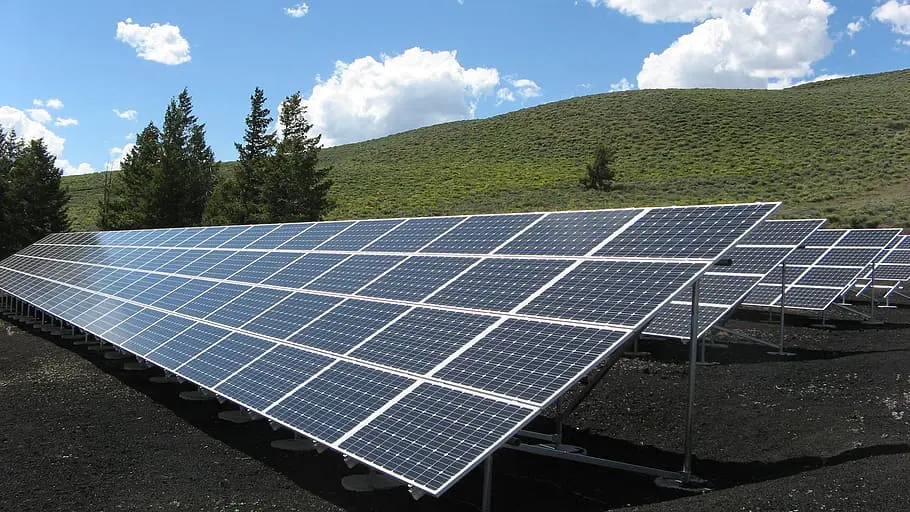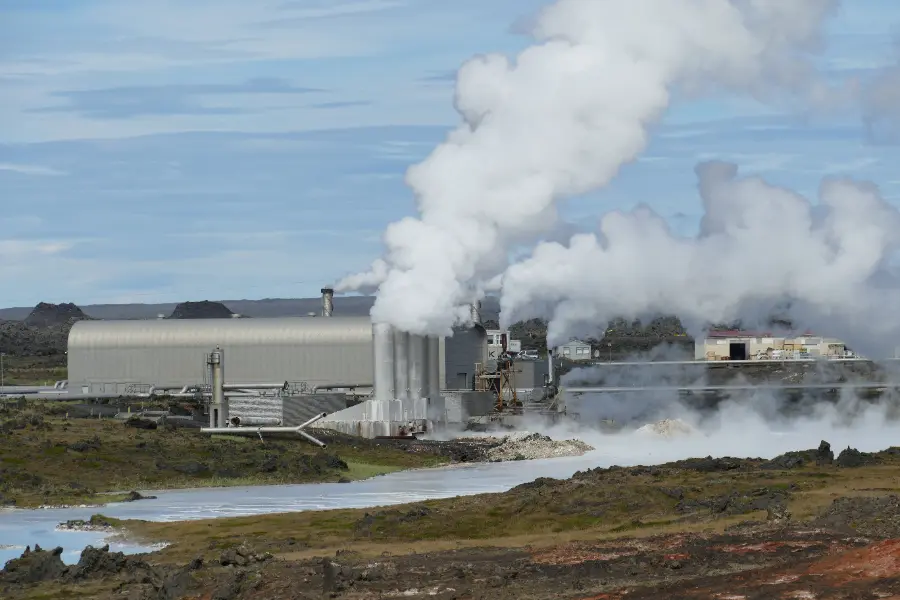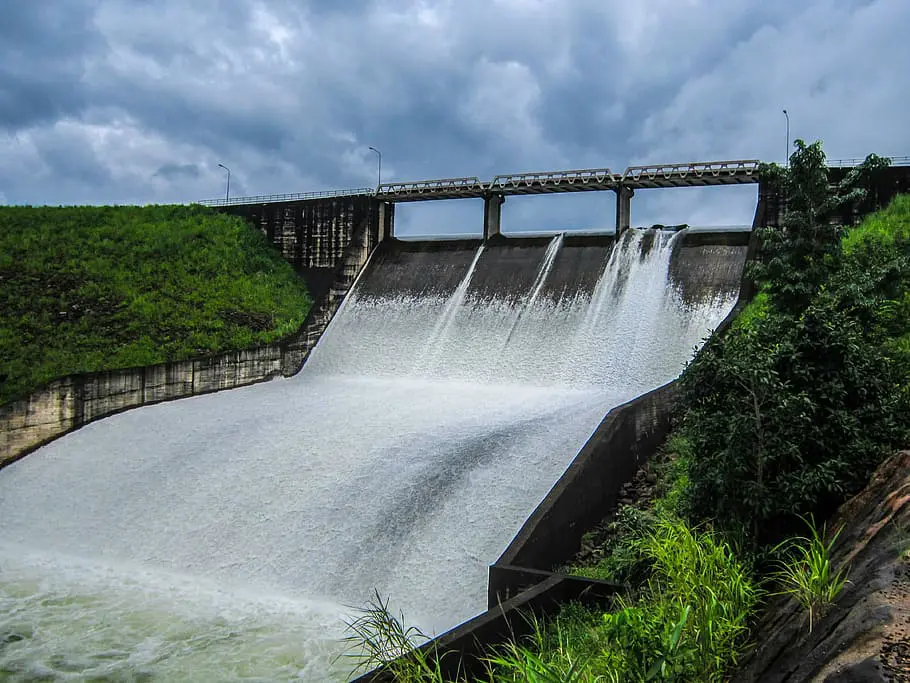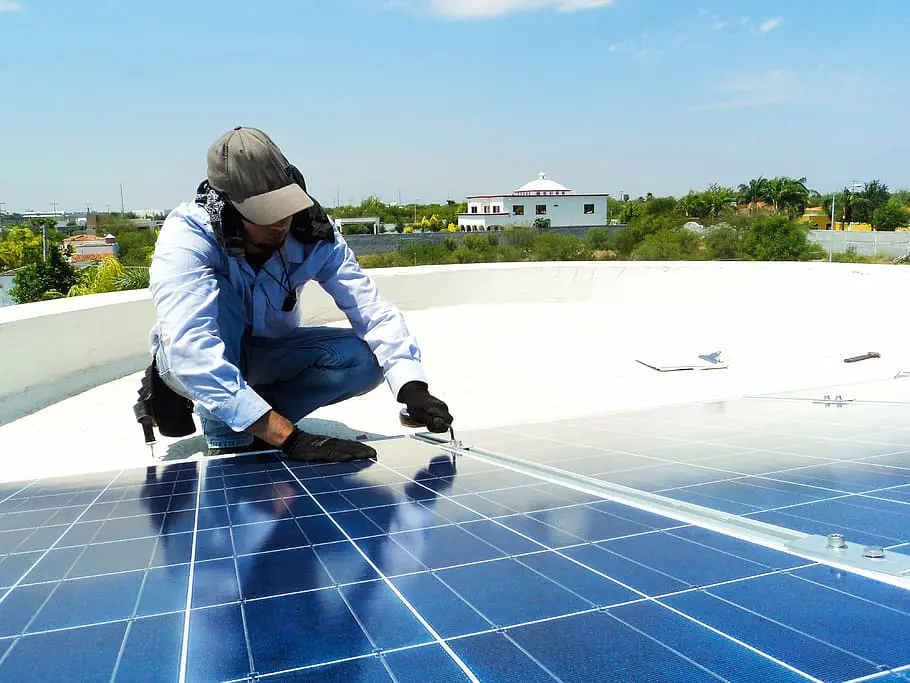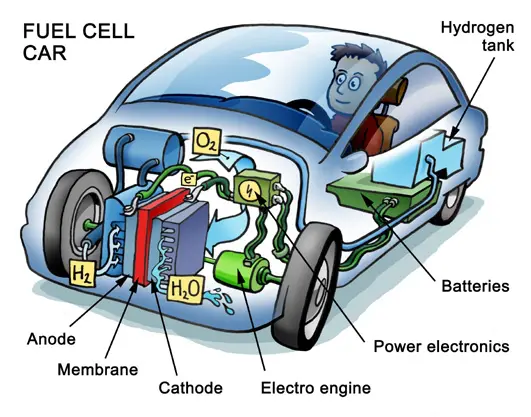
How does bioenergy work? Get the answer and dive into our guide to uncover the magic behind turning organic waste into clean, renewable energy!
Bioenergy works by converting organic materials, such as plant and animal waste, into usable energy. This conversion can occur through various processes like combustion, anaerobic digestion, or fermentation. The result is the production of electricity, heat, or transportation fuels, offering a renewable alternative to fossil fuels.
Have you ever paused to ponder, how bioenergy works? It’s like nature’s own magic trick, turning everyday organic waste into a powerhouse of energy.
Let’s unravel this fascinating journey together and discover the wonders behind bioenergy!
How Does Bioenergy Work?
In the midst of our global energy transition, bioenergy has emerged as a beacon of hope.
As we grapple with the challenges of climate change and the environmental implications of fossil fuels, understanding the mechanics and potential of bioenergy becomes paramount.
Let’s embark on this enlightening journey.
Bioenergy, derived from organic material, offers a sustainable alternative to fossil fuels and natural gas.
As the world seeks cleaner energy solutions, bioenergy stands out, not just for its renewable nature but also for its potential to address waste management issues.
In this article, we’ll unravel the intricacies of bioenergy, shedding light on its production, benefits, and challenges.
What is Bioenergy?

Imagine tapping into the energy stored within plants, trees, and even waste from our kitchens. That’s the magic of bioenergy.
But what exactly is it? Bioenergy is a remarkable renewable energy source, harnessing the power of organic materials to light up our homes, fuel our cars, and warm our spaces.
Let’s delve into this captivating realm and discover the essence of bioenergy.
Definition and Basics
Bioenergy is the energy harnessed from biological sources. Think of it as tapping into nature’s own battery, where organic matter like plant materials and even animal waste are transformed into electricity, heat, and transportation fuels.
Importance in the Global Energy Mix
In regions like the United States, bioenergy is making waves.
Its ability to significantly cut down greenhouse gas emissions positions it as a frontrunner in the renewable energy source race, especially when combating climate change is the need of the hour.
Bioenergy is energy made or generated from biomass, which consists of recently living (but now dead) organisms, mainly plants. Types of biomass commonly used for bioenergy include wood, food crops such as corn, energy crops and waste from forests, yards, or farms. The IPCC (Intergovernmental Panel on Climate Change) defines bioenergy as a renewable form of energy. https://en.wikipedia.org/wiki/Bioenergy
Production of Bioenergy
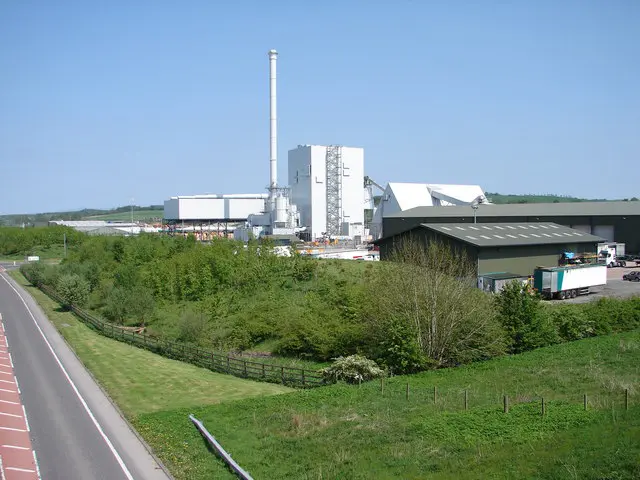
Bioenergy’s production is a testament to human ingenuity, turning what was once considered waste into valuable energy.
This section delves into the primary sources and processes that make bioenergy production possible.
Biomass as the Primary Source
Biomass feedstocks, which include wood waste, agricultural residues, and municipal solid waste, serve as the raw material for bioenergy production.
These feedstocks undergo various conversion technologies, such as thermochemical conversion and biochemical conversion, to transform waste products into usable energy.
Carbon Absorption through Photosynthesis
The beauty of bioenergy lies in nature’s cycle.
Plants, through photosynthesis, absorb vast amounts of carbon dioxide, playing a pivotal role in carbon capture.
This biological conversion is a natural way to mitigate the effects of global warming.
Combustion Process and Carbon Release
Direct combustion is the most common method of converting biomass to energy.
This process involves burning organic material at high temperatures to produce heat, which can then be used for power generation or other industrial processes.
Role of Bioenergy in Clean Energy Transitions
As the world grapples with the urgent need for cleaner energy sources, bioenergy stands out, offering both solutions and challenges.
This section explores bioenergy’s role in the broader clean energy landscape.
Comparison with Wind and Solar PV
While wind and solar energy harness the power of natural elements, bioenergy taps into the potential of organic waste.
Each has its strengths, but bioenergy’s unique ability to address waste management while producing energy sets it apart.
Potential in Hard-to-Electrify Sectors
Certain sectors, like transportation, have proven challenging to electrify. Enter bioenergy.
With liquid biofuels derived from sources like vegetable oil and sugar cane, bioenergy offers a promising solution, powering everything from cars to large diesel engines.
Modern vs. Traditional Bioenergy
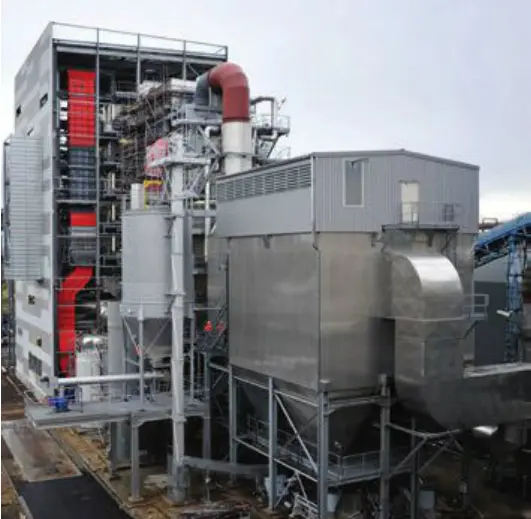
Bioenergy has evolved over the years, with modern methods offering more efficiency and sustainability.
This section contrasts the old with the new, highlighting the advancements and challenges of each.
Differences and Impacts
While traditional bioenergy methods served their purpose, modern techniques, like anaerobic digestion, offer higher efficiency and reduced environmental impact.
These advancements signify progress, but they also underscore the need for continuous innovation.
Health and Environmental Concerns
Every energy source comes with its own set of challenges.
For bioenergy, concerns revolve around emissions like nitrogen oxides and carbon monoxide.
Addressing these issues is paramount to ensure bioenergy’s sustainable future.
Bioenergy in the Net Zero Scenario
The global push towards a net-zero carbon future has intensified the spotlight on bioenergy.
This section delves into the implications of bioenergy in achieving this ambitious goal.
Implications for Land Use and Emissions
Bioenergy’s demand for land is undeniable.
However, with strategic planning, such as using marginal lands or lands unsuitable for food crops, we can minimize deforestation and biodiversity loss.
Moreover, when combined with carbon capture technologies, bioenergy can further reduce net carbon emissions.
Sustainable Waste Streams and Advanced Biofuels
One of bioenergy’s standout features is its ability to turn waste into energy.
From municipal waste to animal fats, these once-discarded materials find new purpose.
Advanced biofuels, like cellulosic ethanol, further push the envelope, deriving energy from non-food crops and ensuring food security isn’t compromised.
Policy and Governance
The growth and sustainability of bioenergy hinge significantly on policies and governance. This section explores the frameworks and measures steering the bioenergy ship.
Sustainability Frameworks
Regions like the European Union and North America have been proactive, implementing robust sustainability frameworks.
These guidelines ensure that bioenergy production aligns with environmental and societal goals.
Incentives and Regulatory Measures
To bolster the bioenergy sector, governments worldwide offer incentives, from subsidies for biomass power plants to tax breaks for research and development.
These measures, coupled with stringent regulations, ensure bioenergy’s growth is both rapid and responsible.
Addressing Sustainability and Emission Concerns
The road to sustainable bioenergy is paved with challenges.
To navigate these, governments and organizations are investing in research, aiming to reduce emissions and ensure the biomass used is sourced responsibly.
Global Trends and Highlights
Bioenergy’s footprint is global, with countries harnessing its potential to varying degrees.
This section offers a snapshot of global trends and noteworthy developments.
Notable Progress in the European Union, United States, and India
These regions are at the forefront of bioenergy innovation, pouring resources into research and infrastructure.
Their combined efforts are setting the pace, inspiring other nations to follow suit.
Bioenergy’s Role in Decarbonization
As the world races to reduce carbon footprints, bioenergy emerges as a key player.
By replacing carbon-intensive fossil fuels with biomass, we inch closer to a decarbonized future.
Bioenergy and Its Diverse Sources
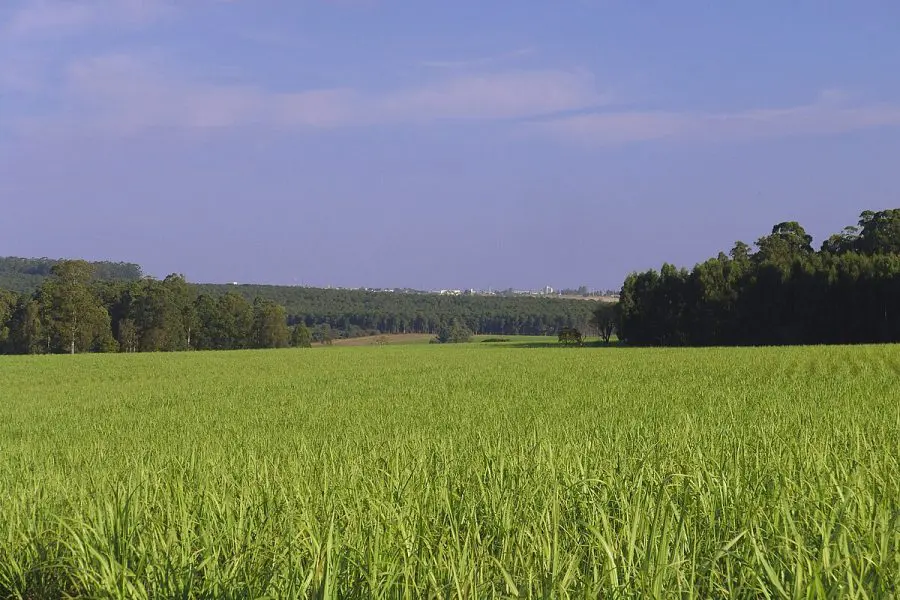
Bioenergy’s versatility is evident in its diverse
sources.
From woody biomass to agricultural residues, the range of materials that can be converted into energy is vast.
This section delves into the various sources and their unique contributions to the bioenergy landscape.
Woody Biomass and Forest Resources
Woody biomass, which includes wood chips, wood pellets, and forest biomass, is a primary source for bioenergy.
These materials, often by-products from paper mills or timber industries, are rich in chemical energy.
When subjected to processes like direct combustion or thermochemical conversion, they release this stored energy, providing heat or electricity.
Agricultural Residues and Waste Products
Agricultural residues, such as straw or husks, along with food waste from households or industries, represent a significant portion of biomass resources.
Their use not only aids in waste management but also contributes to the production of bioenergy, especially in regions with robust agricultural activities.
Gaseous Fuels: Landfill Gas and More
Landfills, while often seen as environmental challenges, can be bioenergy goldmines.
As organic material decomposes, it releases landfill gas, a mix of methane and carbon dioxide.
This gas can be captured and used as a fuel source, turning a problem into a solution.
The Role of Biological Conversion
Biological conversion processes, such as anaerobic digestion or biochemical conversion, transform biological material into energy.
These methods are especially effective for wet biomass, like sewage from treatment plants or animal manure.
The resulting biogas or liquid fuels can power internal combustion engines or even fuel cells.
The Future of Bioenergy
As we look ahead, the role of bioenergy in the global energy sector becomes even more pronounced.
With advancements in conversion technologies and a growing emphasis on renewable sources, bioenergy is poised to play a pivotal role in our sustainable future.
The integration of bioenergy with other renewables, its potential in the transport sector, and its contribution to heat production are just a few areas where its impact will be felt.
Moreover, as we continue to innovate and refine bioenergy production methods, regions like the European Union, OECD countries, and North America will likely lead the charge, setting standards and best practices for the rest of the world.
FAQs
Got questions? You’re not alone. As we navigate the intricate world of bioenergy, it’s natural to have a few queries.
Here’s a quick roundup of the most commonly asked questions to quench your curiosity.
Q: How is bioenergy different from other renewable energy sources?
A: Unlike wind or solar, bioenergy derives energy from organic material.
It not only offers a renewable energy source but also addresses waste management, turning organic waste into valuable energy.
Q: What are the environmental impacts of bioenergy production?
A: While bioenergy can reduce greenhouse gas emissions compared to fossil fuels, it can also emit pollutants like nitrogen oxides if not managed properly. It’s a balance of benefits and challenges.
Q: How does bioenergy contribute to clean energy transitions?
A: Bioenergy offers a renewable alternative to fossil fuels. Its versatility allows it to replace fossil fuels in various sectors, from electricity generation to transportation, aiding the global shift to cleaner energy.
Conclusion
Bioenergy, with its myriad sources and applications, stands as a testament to human innovation and our commitment to a sustainable future.
As we continue to explore and harness its potential, it offers a beacon of hope in our collective journey towards a cleaner, greener planet.
Through collaboration, research, and a shared vision, the promise of bioenergy can be fully realized, benefiting both our environment and future generations.

